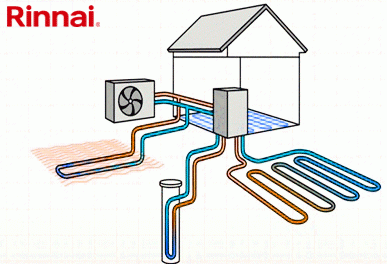The 18th Edition Regulations for EV installations Section 722, includes several changes to improve design safety and performance. One of these changes (722.531.2.101) relates to the selection and use of Type A RCDs with 62196 sockets. Type A can only be used if “the installation incorporates a method of detecting DC residual currents > 6 mA which results in disconnection of the AC supply from the charge point.
Why has this revision been introduced?
The 17th Edition Regulations placed the responsibility on the Installer to verify the selection and suitability of the RCD for each installation, based on the amplitude of the DC residual current component related to the vehicle on charge. This value would be determined by reference to the EV Make and Model i.e. Amendment 3 722.531.2.101 stated that;
“…The RCD protecting the charging point shall be at least type A… If it is known that the DC component of the residual current exceeds 6 mA, then a type B RCD complying with BS EN 62423 shall be installed”.
The wording of the 17th Edition clause, resulted in the wide spread use of Type A RCDs in EV installations. The charging of vehicles, that produce dc residual currents > 6mA represents a safety hazard for the associated installations.
Meeting the revised Regulation 722.531.2.101 for RCD selection
18th Edition requires the provision of protective measures for DC fault currents for all installations using 62196 sockets; quote the appropriate measures shall be:
RCD Type B
or
Type A where the installation incorporates a method* of detecting DC residual currents, >6 mA which results in disconnection of the AC supply from the charge point.
Terminology
The terms “Detection” and “Monitoring” are used in the Regulations to differentiate between products that can detect residual currents and “Protection” products that are designed to provide protection i.e. an RCD – see 411.1 Note relating to RCMs and 722.531.2.101 relating to RCD design standards.
Methods for detecting 6 mA DC and disconnecting the supply
IEC 62955 specifies the requirements for equipment suitable for the monitoring and detection of DC residual currents in EV charging installations. These devices are collectively referred to as Residual Direct Current Detecting Devices (RDC-DD), not to be confused with an RCD!



Specify and Install the correct RCDs
The levels of dc residual current, leakage currents and transient currents vary, based on the EV make and model. Local authorities and private companies offering public and or staff charging facilities, have no control over the EVs that will be connected to their EV infrastructure, and therefore need to cater for the worse case.
The revised Regulations represent current “state of the art”, for charge point safety. The liability associated with any accident resulting from the provision of unsafe equipment, or the use of equipment that is known to be unsafe, is clearly defined in the Electricity at Work Regulations for non-domestic installations. The risks associated with personal and installation safety, when using 13 Amp sockets for charging electric vehicles are well documented. This 18th Edition revision clarifies the application of Type A RCDs for Mode 3 charging installations. The associated Trade, UK Standards and Regulations Bodies, need to provide clarification on the installation requirements for RCDs used in conjunction with Mode 1 and 2 chargers.
To prevent death from electrocution, RCDs must operate before the residual current reaches a dangerous level and within the defined disconnection time, especially when individuals are in direct contact with the ground (outside). As EV charging equipment ages, there is an increased risk of faults developing due to general wear and tear, the quality of the original components used and the installation work. Regular maintenance and installation checks are a fundamental requirement to ensure continued safety for Users.




